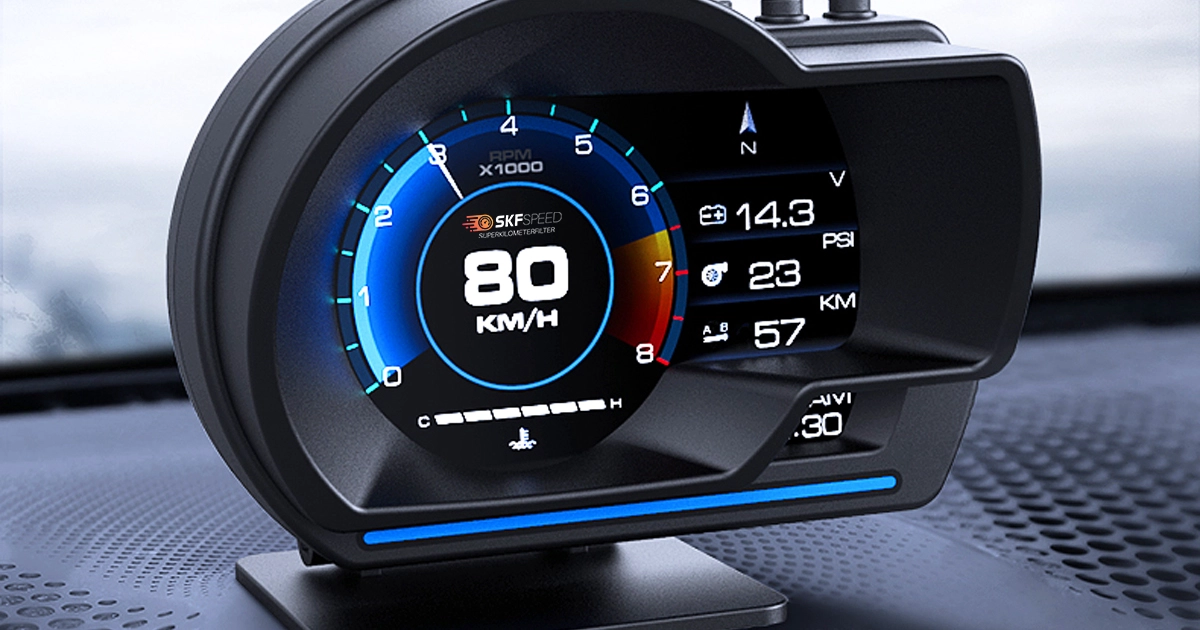
An obd2 gauge display is a powerful tool that shows exactly what your car is doing in real time. It plugs into the OBD-II port of your vehicle and gives live readings of RPM, Turbo boost, fuel efficiency, coolant temperature, and even GPS speed. With this information, you can catch even the smallest problem before it becomes an expensive repair.
The OBD2 gauge gives you various data about your vehicle in real-time that can be very useful for maintenance. In this blog, we will thoroughly discuss OBD2 displays and provide you with practical tips.
An OBD2 gauge is a small but important tool that connects directly to your car’s engine control unit (ECU). It enables you to check out the live performance of your car whenever you want.
How does it work? Let’s discuss a quick scenario. Imagine you’re driving and your check engine light turns on. You have no idea what the issue is. Instead of pulling over in uncertainty, you plug in your OBD-II gauge display and instantly see a diagnostic code. This code tells you something minor, like a loose gas cap, or a more urgent issue like misfiring cylinders. Having such information on hand can save you from unnecessary panic and costly towing services.
According to the NHTSA, more than 50% of roadside breakdowns are preventable through early detection. The obd2 gauge display can prevent breakdowns by giving you accurate, live information instead of relying on vague warning lights.
An OBD2 display offers multiple advantages. Here are some of the most useful benefits:
Recent reports indicate that drivers who monitor real-time data can improve their fuel efficiency by 10-15%. Over time, this becomes a big number, especially for high-mileage drivers. Additionally, regularly monitoring your vehicle helps you maintain it better, and you can significantly extend its lifespan.
OBD2 gauges are available in both digital and analog forms, and the type you choose is solely determined by your driving demands and car type.
Digital gauges provide clear numerical readings and customisable displays. They frequently link to smartphone apps via Bluetooth, allowing for the collection of historical data and enhanced analysis. Analog gauges, on the other hand, display performance visually, making them easier to glance at while driving.
As for the High-performance drivers, they may prefer analog gauges for their quick visual feedback during intense driving, while everyday drivers benefit from digital displays with historical data and alerts.
Some modern digital models, like Lufi and Luficar, combine the advantages of both by providing clear digital readings with heads-up display (head/heads) projections for safe monitoring. The right choice ultimately depends on whether your priority is precise data, ease of reading, or integration with apps and additional features.
When you are choosing the obd2 gauge display, make sure to get features that match your driving style and vehicle type. There are different options:
The process is quite simple. Just follow these steps:
Step 1. Find the OBD-II port
Step 2. Plug in the OBD2 display
Step 3. Power it on. Wireless models sync with a smartphone app to provide more detailed reports.
Step 4. Once connected, your vehicle starts transmitting live data instantly.
The OBD2 gauge display requires minimal care, and you don’t need to stress out too much about the ways to keep it secure. The only thing you need to do is to keep it dry, clean the screen, and update firmware when available. If it stops displaying data, just check the OBD-II connection and verify that your vehicle is compatible. Most problems are simple fixes.
The display is also very helpful in boosting the maintenance of your car. It helps schedule maintenance on time. When you identify minor issues from the beginning, you can prevent serious breakdowns and keep your car running longer. If you regularly monitor your vehicle, you will maintain its value and enhance performance over time.
Even the best OBD2 II gauge won’t help you much if you don’t use it correctly. You might be tempted to ignore alerts, skip calibrating the device, or just glance at the numbers without really understanding them. If you rely on the gauge alone without knowing what’s normal for your car, you could end up worrying over nothing—or worse, miss a maintenance issue.
The trick is to get to know your car. Learn what your engine’s typical performance looks like and check past data regularly. Use the alerts as a heads-up so you can act before a small problem turns into a big one. By paying attention and using the gauge proactively, you’ll get the most out of it and keep your car running smoothly for the long haul.
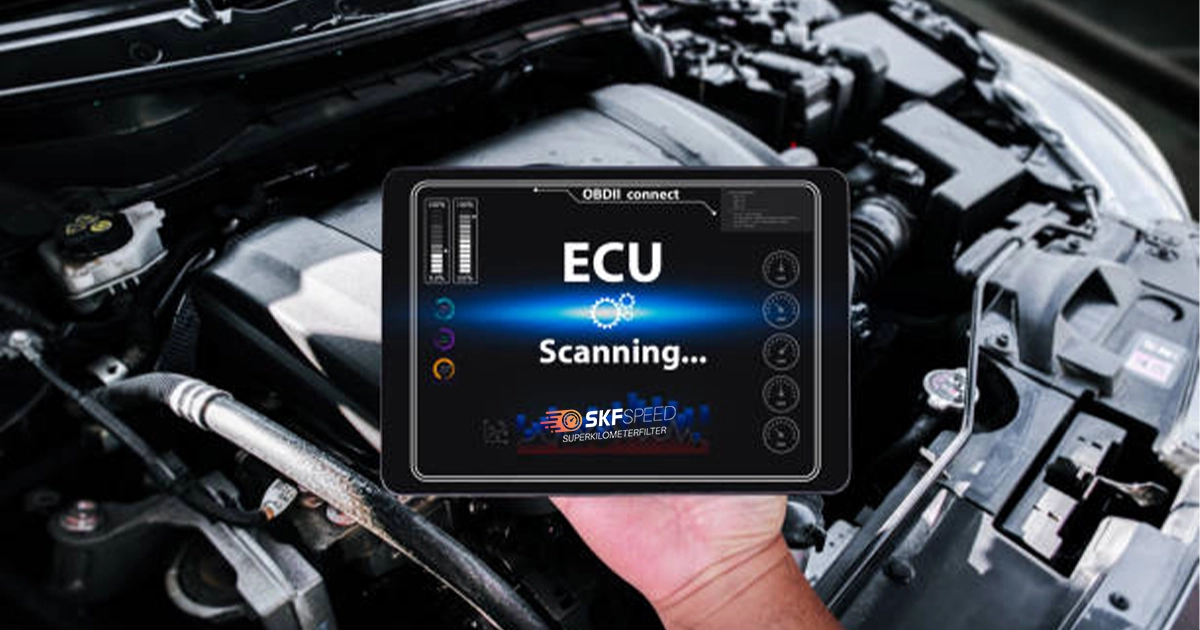
A Mileage blocker is a compact device that attaches to your vehicle and stops the mileage recording process. You might wonder, if it stops mileage recording, how can testers track the miles? The key detail is that mileage blockers are designed specifically for professional car testing. Testers use separate devices that measure miles independently, so they don’t rely on your vehicle’s odometer.
However, you consider that the mileage blocker may temporarily affect the OBD2 gauge display. This means that multiple measurements, including speed, can be temporarily misleading. For testers this isn’t an issue as they can still fully check the vehicle’s performance and record miles separately. Mileage blockers give professionals the freedom to test cars thoroughly without worrying about recording extra miles, making the process simpler and more precise.
Professional car testers often choose mileage blockers because they make mileage tracking simple and stress-free. The device doesn’t store any data in the car’s ECU, so the process is completely untraceable, and no diagnostic tool can detect it. Its compact design and premium components make it reliable in all weather conditions.
Installing it is easy and doesn’t require any professional help, which is a big plus for testers on the go. The SKF mileage blocker even comes with a mobile app, so you can control it and check its performance directly from your phone, switch between different modes, and monitor everything in real time.
For anyone who needs to track mileage for taxes or professional purposes, this device is practical, efficient, and accessible. You can order it online through the Super Kilometer Filter website.
An OBD2 gauge display is a device that monitors your car at any given moment. It monitors RPM, turbo boost, and the engine. The OBD2 display also stores the information, and you can check the history of your vehicle and detect some patterns. If you regularly monitor these data, you detect minor flaws before they become costly repairs.
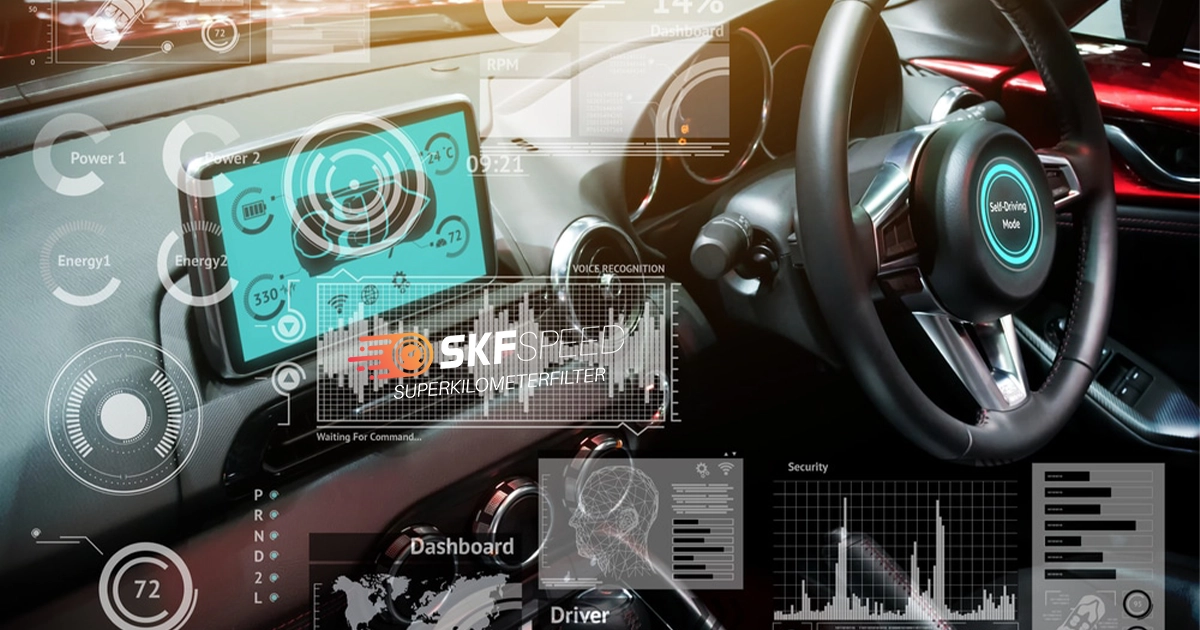
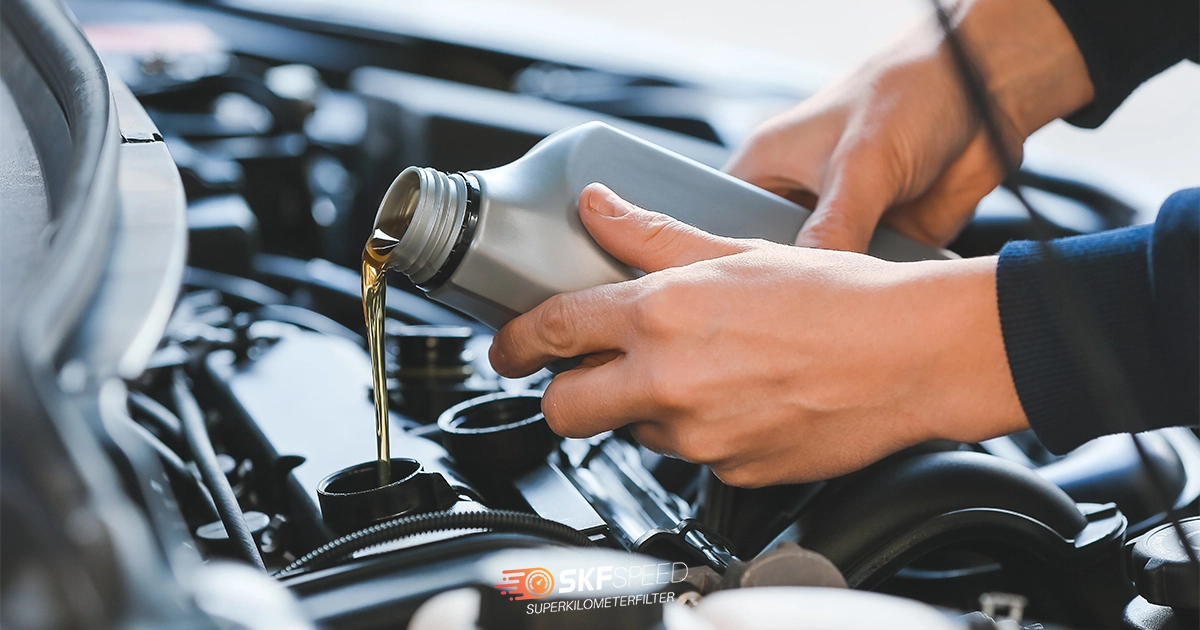


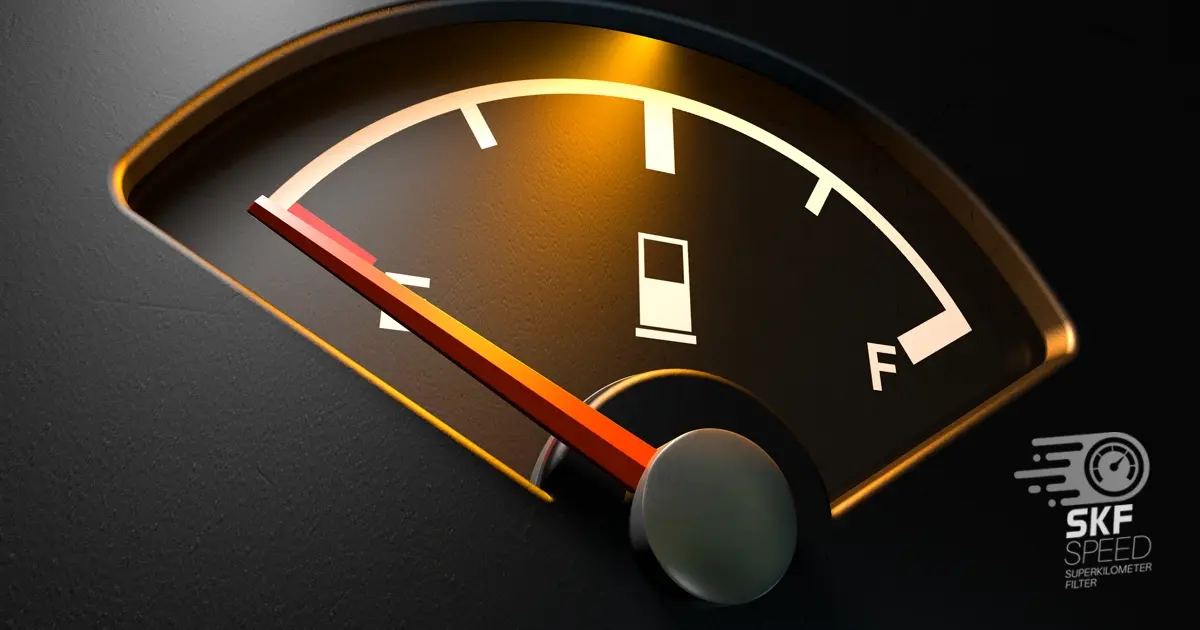
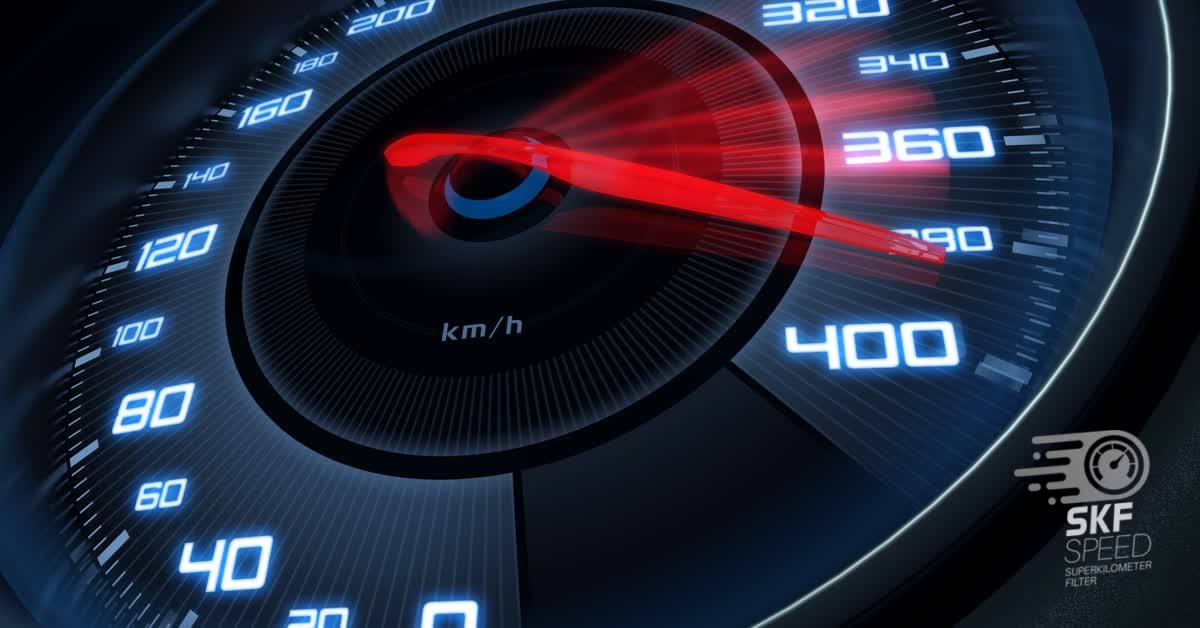


Here you will find all the details about our company
Here you will find shipping and return related information
Here you will find information on all technical questions
Here you will find helpful information about installation